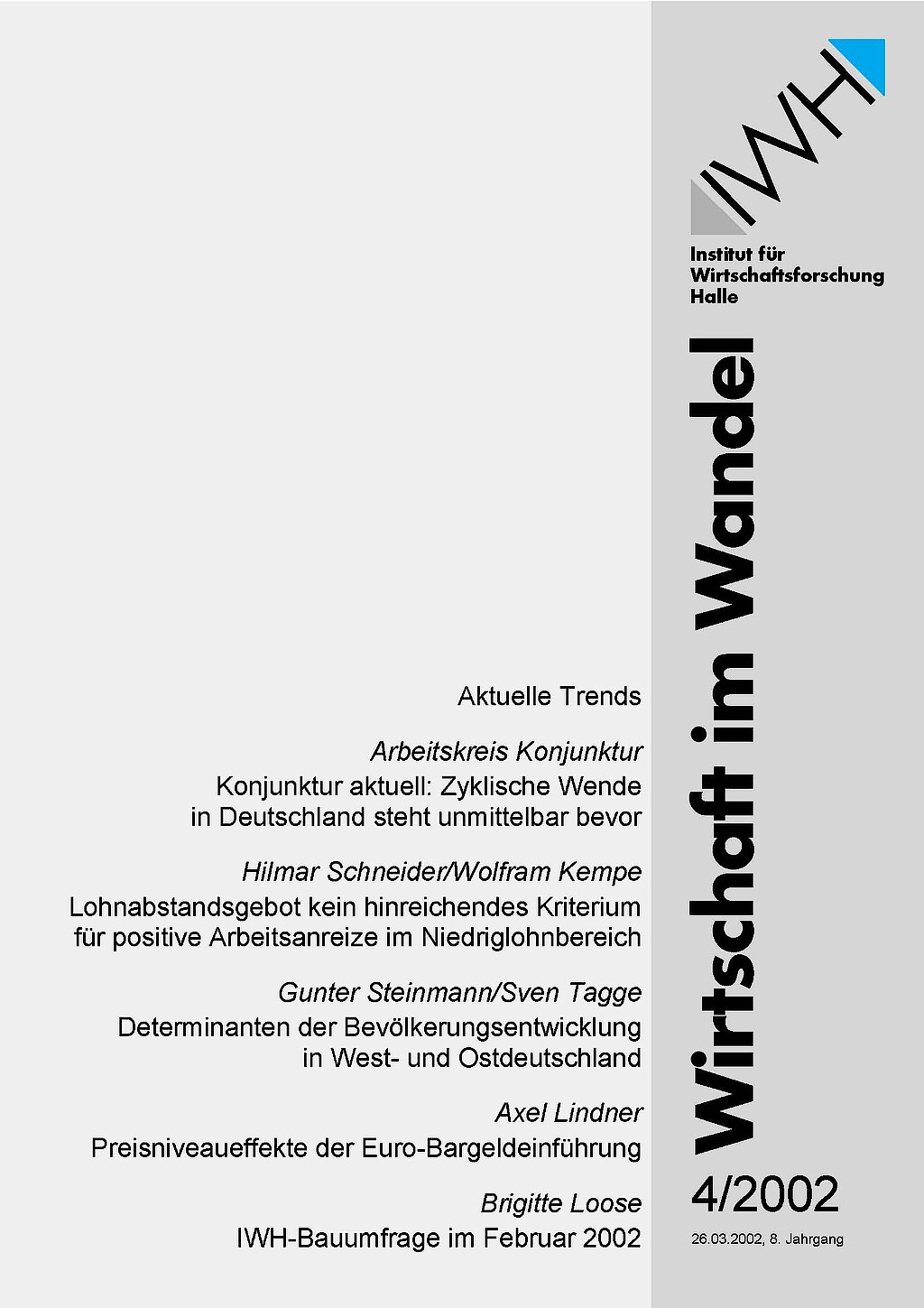
Determinants of population development in East and West Germany
In der Bundesrepublik Deutschland stellt sich langfristig ein Alterungs- und Schrumpfungsprozess der Bevölkerung ein. Dabei wird die demographische Entwicklung von der Fertilität, der Mortalität sowie den Wanderungsbewegungen in unterschiedlichem Maße determiniert. Um die Art und Intensität des Einflusses der demographischen Faktoren zu analysieren, werden in der vorliegenden Simulationsstudie die einzelnen Einflussgrößen von einander abgegrenzt. Im Gegensatz zu anderen Studien steht hierbei weniger eine genauere Abschätzung des künftigen Bevölkerungsbestandes im Vordergrund. Vielmehr werden die Wirkungsweise der Einflussfaktoren, die Veränderungen in der Altersstruktur der Bevölkerung sowie die demographischen Unterschiede in West- und Ostdeutschland thematisiert. Aus der Analyse geht hervor, dass die Bevölkerungsmasse und -struktur primär durch die Fertilität und, sofern sie in entsprechend hohem Maße erfolgt, die Zuwanderung geprägt wird. Dementgegen entfaltet die weitere Verminderung der Mortalität vergleichsweise geringe Auswirkungen. Ohne beträchtliche Zuwanderung wird bei der momentan realisierten Fertilitätsrate die Überalterung der Bevölkerung fortschreiten und sich in West- und Ostdeutschland differenziert gestalten.




